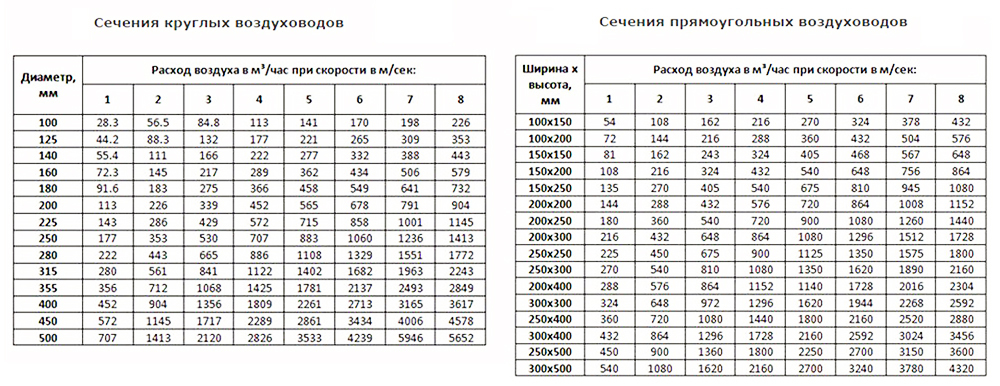Before the invention of the telescope, the planets were viewed as objects wandering the sky. Therefore, the word "planet" from Greek is translated as "stranger".Our solar system has 8 known planets, although initially the planets recognized 9 celestial objects. In the 1990s, Pluto was "demoted" from the status of a true planet to the status of a dwarf planet. And the largest planet of the solar system is called Jupiter .
Content:
- What is known about Jupiter
- The most unusual feature of Jupiter
- Rings of Jupiter
- Satellites of Jupiter
- Video: Jupiter is the largest planet of the Solar system
What is known about Jupiter
 The radius of the planet is 69,911 km. That is, all the largest planets in the solar system could fit inside Jupiter( see photo).And if we take only our Earth, then inside the body of Jupiter will fit 1300 such planets.
The radius of the planet is 69,911 km. That is, all the largest planets in the solar system could fit inside Jupiter( see photo).And if we take only our Earth, then inside the body of Jupiter will fit 1300 such planets.
This is the fifth planet from the Sun. It is named after the Roman god.
The atmosphere of Jupiter consists of gases, mainly helium and hydrogen, so it is also called the gas giant of the solar system.
The surface of Jupiter consists of an ocean of liquid hydrogen.
Jupiter has the strongest magnetosphere of all other planets, 20,000 times stronger than the Earth's magnetosphere.
 The largest planet of the solar system rotates around its axis faster than all "neighbors."One full turn takes just under 10 hours( the Earth needs 24 hours).Because of this rapid rotation, Jupiter is convex at the equator and "flattened" at the poles. The planet is 7 percent wider at the equator than at the poles.
The largest planet of the solar system rotates around its axis faster than all "neighbors."One full turn takes just under 10 hours( the Earth needs 24 hours).Because of this rapid rotation, Jupiter is convex at the equator and "flattened" at the poles. The planet is 7 percent wider at the equator than at the poles.
The largest celestial body of the solar system revolves around the Sun once in 11.86 Earth years.
 Jupiter translates radio waves so strong that they can be detected from Earth. They are in two forms:
Jupiter translates radio waves so strong that they can be detected from Earth. They are in two forms:
- strong bursts that occur when Io, the nearest of the large moons of Jupiter, passes through certain regions of the magnetic field of the planet;
- continuous radiation from the surface and high-energy particles of Jupiter in its radiation belts. These radio waves can help scientists explore the oceans on the satellites of the cosmic giant.
The most unusual feature of Jupiter
 Undoubtedly, the main feature of Jupiter is the Great red spot - a giant hurricane, raging for more than 300 years.
Undoubtedly, the main feature of Jupiter is the Great red spot - a giant hurricane, raging for more than 300 years.
- The diameter of the Great Red Spot is three times the diameter of the Earth, and its edge rotates around the center and counterclockwise at a huge speed( 360 km per hour).
- The color of the storm, which usually varies from brick red to light brown, may be due to the presence of small amounts of sulfur and phosphorus.
- The spot then increases then decreases over time. A hundred years ago, education was twice as large as now and much brighter.
There are many other spots on Jupiter, but for some reason, they exist for a long time only in the Southern Hemisphere.
Rings of Jupiter
 Unlike Saturn's rings, which are clearly visible from Earth even through small telescopes, Jupiter's rings are very difficult to see. Their existence became known due to data from Voyager 1( NASA spacecraft) in 1979, but their origin was a mystery. The data from the Galileo spacecraft that orbited Jupiter from 1995 to 2003 later confirmed that these rings were created by meteoroid impacts on the small nearby satellites of the largest planet.
Unlike Saturn's rings, which are clearly visible from Earth even through small telescopes, Jupiter's rings are very difficult to see. Their existence became known due to data from Voyager 1( NASA spacecraft) in 1979, but their origin was a mystery. The data from the Galileo spacecraft that orbited Jupiter from 1995 to 2003 later confirmed that these rings were created by meteoroid impacts on the small nearby satellites of the largest planet.
The Jupiter ring system includes:
- halo - the inner layer of fine particles;
- main ring - brighter than the other two;
- external "arachnoid" ring.
The main ring is flattened, its thickness is about 30 km, and its width is 6400 km. The halo extends halfway from the main ring down to the tops of Jovian clouds and expands, interacting with the magnetic field of the planet. The third ring is known as a spider's ring because of its transparency.
 Meteorites that hit the surface of Jupiter's small inner moons, raise dust, which then falls into orbit around Jupiter, forming rings.
Meteorites that hit the surface of Jupiter's small inner moons, raise dust, which then falls into orbit around Jupiter, forming rings.
Satellites of Jupiter
Jupiter has 53 confirmed moons spinning around it, and 14 more unconfirmed moons.
 The four largest moons of Jupiter - they are called Galilee satellites - this is Io, Ganymede, Europe and Callisto. The honor of their discovery belongs to Galileo Galileo, and it was in 1610.They are named after the approximate Zeus( the Roman analogue of which is Jupiter).
The four largest moons of Jupiter - they are called Galilee satellites - this is Io, Ganymede, Europe and Callisto. The honor of their discovery belongs to Galileo Galileo, and it was in 1610.They are named after the approximate Zeus( the Roman analogue of which is Jupiter).
 Io volcanoes are raging on Io;on Europe there is a subglacial ocean and, perhaps, there is life in it;Ganymede - the largest of the satellites in the solar system, and has its own magnetosphere;and Callisto has the lowest reflectivity of the four Galilean satellites. There is a version that the surface of this moon consists of a dark, colorless rock.
Io volcanoes are raging on Io;on Europe there is a subglacial ocean and, perhaps, there is life in it;Ganymede - the largest of the satellites in the solar system, and has its own magnetosphere;and Callisto has the lowest reflectivity of the four Galilean satellites. There is a version that the surface of this moon consists of a dark, colorless rock.
Video: Jupiter is the largest planet of the Solar System
We hope that we gave a full answer to the question of which planet of the solar system is the largest!



